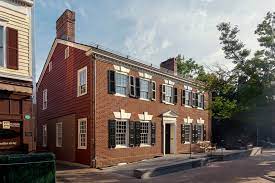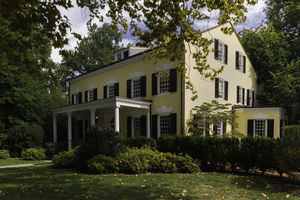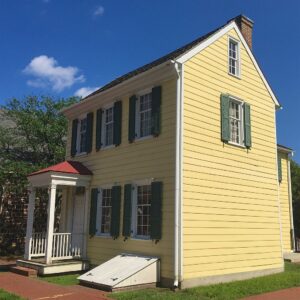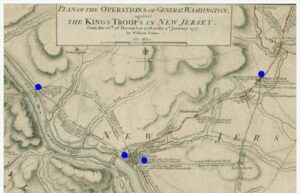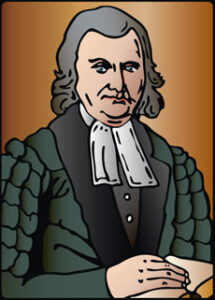Nassau Hall
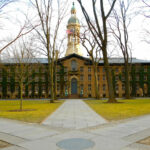 At the time of its construction in 1756, Nassau Hall, 176 feet long and fifty-four feet wide, was the largest academic building in the American colonies. During the course of its over 250-year existence, “Old Nassau” has housed every college function: classrooms, student rooms, administrators’ offices, library, chapel, labs, museum, kitchen, and cafeteria.
At the time of its construction in 1756, Nassau Hall, 176 feet long and fifty-four feet wide, was the largest academic building in the American colonies. During the course of its over 250-year existence, “Old Nassau” has housed every college function: classrooms, student rooms, administrators’ offices, library, chapel, labs, museum, kitchen, and cafeteria.
It also has served some unusual purposes: barracks for both British and American soldiers during the Revolutionary War; a battleground during the Battle of Princeton on January 3, 1777; and, later, for five months in 1783, temporary home of the Continental Congress. It was here, when Princeton served as the nation’s capitol, that Congress first learned the British had signed a peace treaty and the United States gained its independence. Primarily for these reasons, it is a national landmark.
Designed by Dr. William Shippen and Robert Smith of Philadelphia, the Trustees originally requested that it be constructed from brick but later decided to build it out of a light brown sandstone from a nearby quarry, the remnants of which can be seen as one drives down Washington Road toward Lake Carnegie. This choice was a fortuitous one, as the building would be ravaged by two fires, one in 1802 and another in 1855, and the building’s thick walls—exceeding fourteen inches at its base—survived both and allowed for reconstruction.
Princeton University, Princeton NJ 08542

